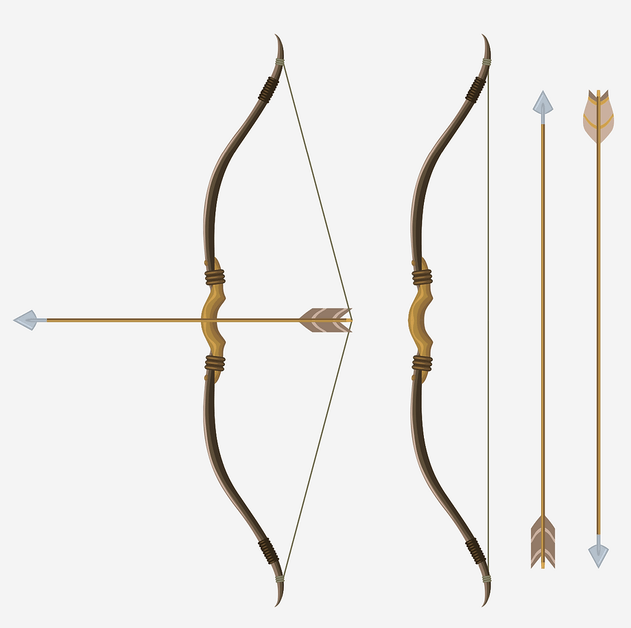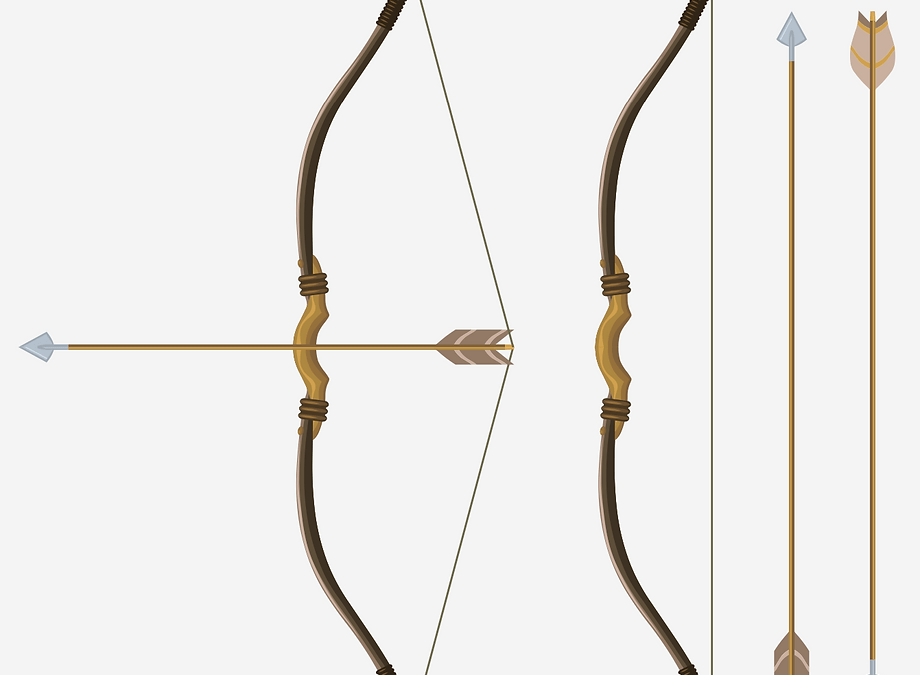Arcuate from the Latin Arcus. Shaped like a bow, arched or curved.
-
The arcuate nucleus of the hypothalamus (ARC), regarded as critical, integrates circulating signals about being hungry or full. It is now also thought that ARC neurons coordinate the regulation of peripheral organs involved in controlling nutrient storage, transformation, and utilisation.
-
Arcuate Arteries are any of the several arteries that curve and arch.
-
The left and right renal arteries branch away from the abdominal aorta. Blood enters the kidneys via the renal arteries; these then split into smaller branches, the arcuate arteries sometimes referred to as arciform arteries.
-
The arcuate artery of the foot is one of the branches from the dorsalis pedis artery. Its arch-like path travels horizontally across the base of the metatarsals of the middle foot. Passing under the extensor digitorum brevis connects the lateral tarsal and lateral plantar tarsal arteries.
-
The anterior abdominal wall extends from the xiphoid process and costal margins to the pubic bone and iliac crest. A 2004 study, Localisation of the arcuate line from surface anatomic landmarks: a cadaveric study estimated the line to be 74.6% of the distance from the pubic symphysis to the umbilicus and 32.7% from the pubic symphysis to the xiphoid process. This was 1.8+/-1.7 cm superior to the ASIS. In addition, you can find the line of Douglas (arcuate line), semicircular line, arcuate line of the rectus sheath one-third of the way from the pubis to the umbilicus. This line marks the change in layers of the abdominal soft tissue; superior to the line, the rectus sheath is more superficial, and below the rectus sheath is deep to the aponeuroses of the other abdominal muscles.
-
Arcuate Ligaments of the Diaphragm – The lateral arcuate ligament arches across the upper part of the quadratus lumborum muscle. The medial arcuate ligament formed from the crura of the diaphragm arch across the psoas muscle.
Have fun finding some more of the arcuate structures in the body and add to the comments. It is a fun way to navigate the body, improve our anatomy and share this knowledge with others.


